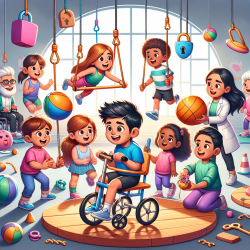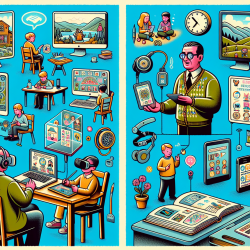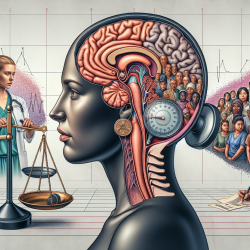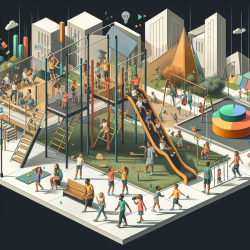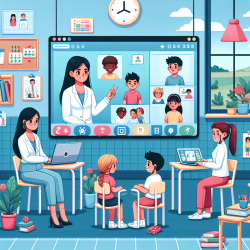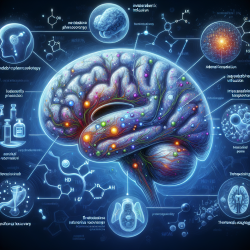For practitioners working with young children with bilateral cerebral palsy (BCP), staying informed about the latest research and evidence-based interventions is crucial. A recent study titled Preschool HABIT-ILE: study protocol for a randomised controlled trial to determine efficacy of intensive rehabilitation compared with usual care to improve motor skills of children, aged 2–5 years, with bilateral cerebral palsy sheds light on the effectiveness of intensive rehabilitation for improving motor skills in children with BCP.
Here’s a breakdown of the study and how its findings can be applied in practice to enhance outcomes for children with BCP.
Key Findings from the Preschool HABIT-ILE Study
The study aimed to compare the efficacy of an intensive motor intervention, Preschool HABIT-ILE, with usual care. The intervention was delivered to children aged 2–5 years with BCP over a period of 10 days, with an additional home program to reach a total of 50 hours of therapy.
- Primary Outcome: The primary outcome measured was the improvement in gross and fine motor skills using the Peabody Developmental Motor Scales-Second Edition (PDMS-2).
- Secondary Outcomes: The study also assessed improvements in gross motor function, bimanual hand performance, self-care, mobility, goal attainment, global performance of daily activities, cognition, adaptive function, habitual physical activity, and quality of life.
Implications for Practitioners
The findings from this study provide compelling evidence that intensive, structured rehabilitation can significantly improve motor skills in young children with BCP. Here are some practical steps practitioners can take to implement these findings:
- Adopt Intensive Rehabilitation Programs: Incorporate structured, intensive rehabilitation programs like Preschool HABIT-ILE into your practice. Ensure that these programs are tailored to the child’s motor abilities, age, interests, and caregiver-identified functional goals.
- Focus on High Repetition and Intensity: Design therapy sessions that involve high repetition and varying intensity levels to challenge the child’s motor skills effectively.
- Engage Caregivers: Work closely with caregivers to develop and implement a home program that complements the intensive therapy sessions. Provide them with detailed instructions and support to ensure consistent practice at home.
- Monitor Progress: Use standardized assessment tools like PDMS-2 to monitor the child’s progress and adjust the therapy program as needed.
Encouraging Further Research
While the results of the Preschool HABIT-ILE study are promising, further research is needed to refine and optimize these interventions. Practitioners are encouraged to participate in ongoing research efforts and contribute to the growing body of evidence on effective interventions for children with BCP.
To read the original research paper, please follow this link: Preschool HABIT-ILE: study protocol for a randomised controlled trial to determine efficacy of intensive rehabilitation compared with usual care to improve motor skills of children, aged 2–5 years, with bilateral cerebral palsy.
